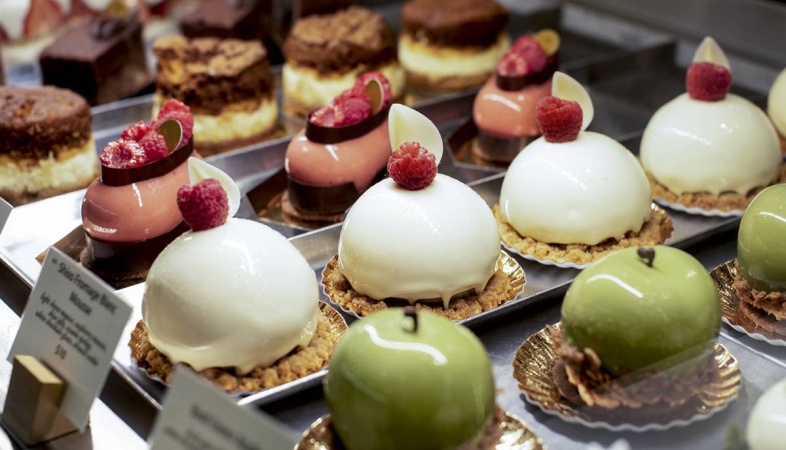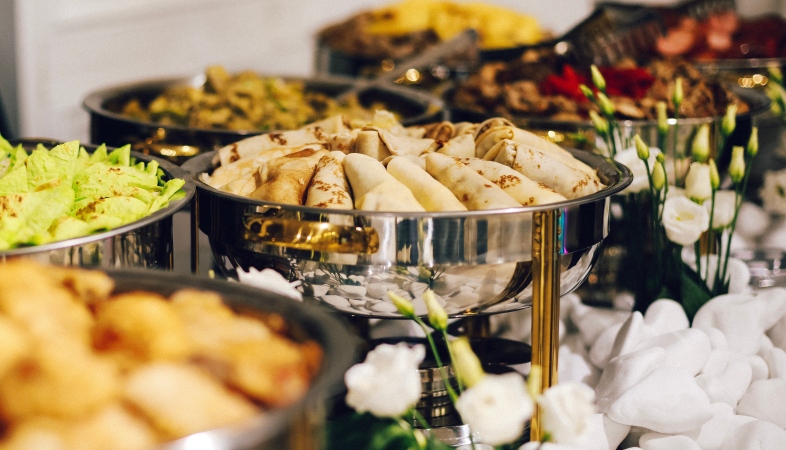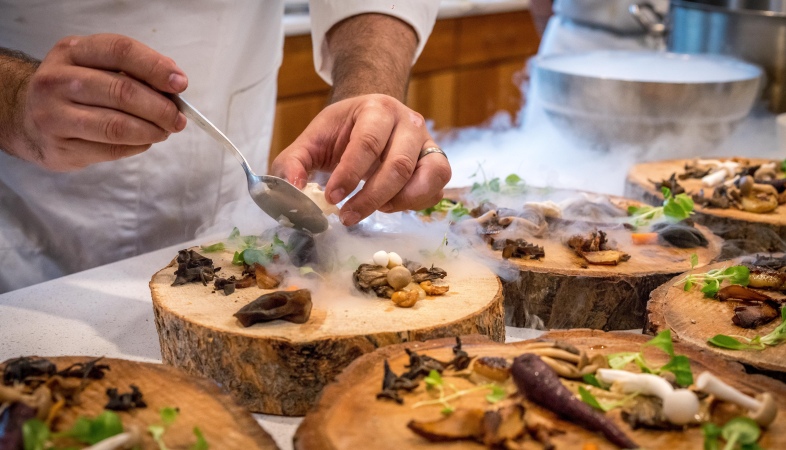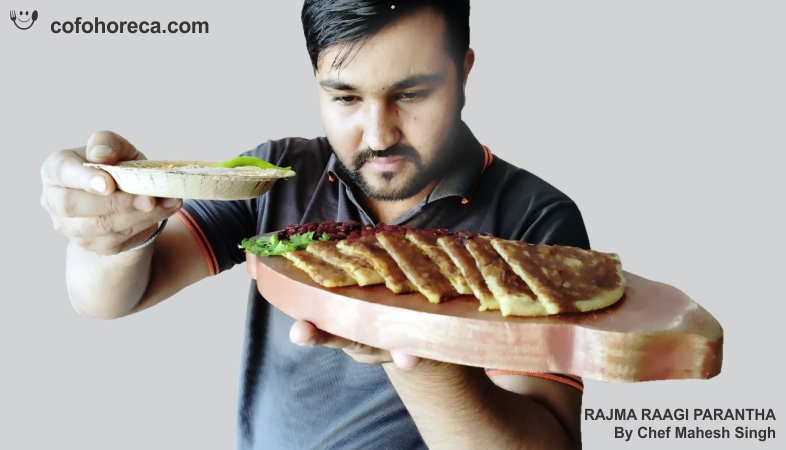The Secret to Flaky Pastries: Unveiling the Techniques for Achieving Light and Buttery Layers
Whether you're making croissants, puff pastry, or turnovers, understanding the techniques behind flaky pastries will help you achieve delicious results every time.

Flaky pastries, with their delicate layers and buttery
texture, are a beloved treat enjoyed around the world. From croissants and puff
pastry to turnovers and danishes, achieving the perfect flakiness requires
skill, technique, and attention to detail. In this article, we'll uncover the
secrets behind making flaky pastries and explore the techniques that pastry
chefs use to create light and airy layers that melt in your mouth.
The foundation of flaky pastries lies in the dough, which is typically made from a combination of flour, butter, water, and salt. The key to achieving flakiness is to create layers of butter and dough that separate during baking, resulting in the characteristic airy texture and delicate crumb. To achieve this, pastry chefs use a technique known as lamination, where layers of butter are folded into the dough to create alternating layers of fat and flour.
The first step in making flaky pastries is to prepare the dough, which is typically a simple mixture of flour, water, and salt. The dough is then rolled out into a thin sheet and chilled in the refrigerator to relax the gluten and firm up the butter. Meanwhile, a block of butter is flattened and folded into thirds to create a rectangle, which is then chilled until firm.
Once the dough and butter are chilled, the lamination process begins. The dough is rolled out into a rectangle slightly larger than the butter block, and the butter block is placed in the center of the dough. The dough is then folded over the butter to encase it completely, creating a "package" of dough and butter. This package is then rolled out into a long rectangle and folded into thirds, like a letter. This process is repeated several times, with the dough and butter being rolled and folded multiple times to create layers.
The key to achieving flakiness in pastries lies in the technique of folding and rolling the dough, known as "turns." Each turn creates layers of butter and dough that separate during baking, resulting in the characteristic flaky texture. Pastry chefs typically perform a series of turns, with the dough being rolled and folded in the same direction each time to ensure even distribution of the butter.
In addition to lamination, the temperature of the ingredients and the baking process also play a crucial role in achieving flakiness in pastries. Chilling the dough and butter between turns helps to keep the butter firm and prevents it from melting into the dough, which can result in a greasy texture. Similarly, baking pastries at a high temperature helps to create steam, which causes the layers of butter and dough to separate and puff up, resulting in a light and airy texture.
Another technique used by pastry chefs to achieve flakiness in pastries is the incorporation of air into the dough. This can be achieved through methods such as "creaming" the butter and sugar together or "folding" whipped egg whites into the dough. The incorporation of air helps to create pockets of steam during baking, which contribute to the light and airy texture of flaky pastries.
Achieving flakiness in pastries requires a combination of skill, technique, and attention to detail. By mastering the art of lamination and incorporating air into the dough, pastry chefs can create light and airy layers that melt in your mouth. Whether you're making croissants, puff pastry, or turnovers, understanding the techniques behind flaky pastries will help you achieve delicious results every time.
.png)





























